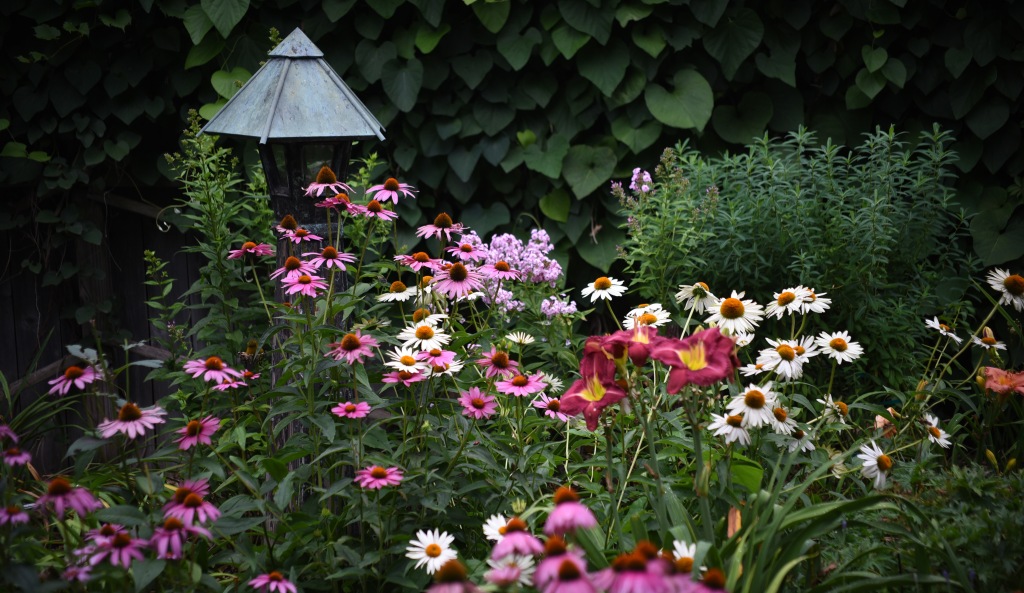Native bees
-
Early May and a Garden Grows
The older I get the more sensitive to cold I become. That means our chilly spring has kept me out of the garden. And, though the sun has been shining a bit today, it’s still cool, especially when the wind kicks up. The old cherry tree is beginning to fade. The cherry tree is beginning… Continue reading
-
Native Pollinators
It used to be that I hated all insects. And, I confess, I dislike the majority of them even today. I usually wear gloves when I garden so that I don’t have to accidentally touch a worm, slug, or bug. But over the past few years I have come under the spell of bees, especially… Continue reading
-
2015 Garden Bloggers’ Fling: Toronto
When my friend Stef asked me if I was interested in attending the Garden Bloggers’ Fling in Toronto, I immediately said yes. It was absolutely the right answer. What more could a gardener ask for–great people, beautiful gardens, and terrific swag. I’m a social kind of girl, so being surrounded by so many friendly and… Continue reading
About Me
I haven’t always been a gardener, but I have always loved gardens. It has taken 16 years to get my gardens into the shape they are today. And, I’ve had help. I’m 74 years old, have rheumatoid arthritis, and had a late stage cancer six years ago. I am, though, intrepid. I’m the kind of person who plods along, tailoring my goals as I go. Last November I had a long overdue knee replacement surgery and I’m hoping this spring, summer, and fall will be able to maintain and find even more joy working in all of my garden beds. Full disclosure, though. I have a garden guy who comes once a week to work in my gardens.
